Bioprinter covered on CTV’s Canada AM
The Bioprinter project, a three-way initiative from MaRS Innovation, the University of Toronto and Sunnybrook Health Sciences Centre, was featured on Canada AM on January 29 during a segment with…
The Bioprinter project, a three-way initiative from MaRS Innovation, the University of Toronto and Sunnybrook Health Sciences Centre, was featured on Canada AM on January 29 during a segment with…
Toronto, Canada (October 9, 2013) — WaveCheck — a painless, non-surgical clinical technique developed by a Sunnybrook Health Sciences Centre oncologist and a Ryerson University physicist and supported by MaRS Innovation — is poised to transform chemotherapy response monitoring for women with breast cancer.
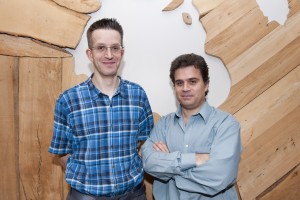
WaveCheck combines traditional ultrasound with new software to detect responses to chemotherapy in breast cancer tissues. By making better, more accurate information available about a woman’s response to her chemotherapy treatment in weeks rather than months, WaveCheck creates greater transparency through dialogue between a women and her doctors, empowering her to participate in discussions about whether a given chemotherapy treatment is effective.
Contribute to WaveCheck‘s Indiegogo campaign and help make this technology available to all women with breast cancer faster.
Media coverage: CTV News Channel, the Globe and Mail and Canadian Healthcare Technology have covered WaveCheck’s campaign.
Developed by Dr. Gregory Czarnota, chief of Radiation Oncology at Sunnybrook’s Odette Cancer Centre, and Michael C. Kolios, professor of Physics and Canada Research Chair in Biomedical Applications of Ultrasound at Ryerson, WaveCheck has been used in clinical studies with nearly 100 women receiving upfront, neoadjuvant chemotherapy to treat locally-advanced breast cancer. These results are published in two leading journals, Clinical Cancer Research and Translational Oncology.
In the Indiegogo campaign video, Czarnota, Kolios and three of the 100 women who participated in the first Sunnybrook study explain WaveCheck’s impact.
“The hard truth for women with breast cancer is that 60 to 70 per cent of chemotherapy treatments fail,” said Czarnota, who is also a senior scientist and director of cancer research at Sunnybrook Research Institute and assistant professor in the University of Toronto’s Departments of Radiation Oncology and Medical Biophysics within the Faculty of Medicine. “The 1.5 million women worldwide who will be diagnosed with breast cancer this year need to know that their chemotherapy is working as soon as possible. But this kind of treatment monitoring doesn’t currently exist in standard clinical practice. Instead, a woman’s tumour response is evaluated after she completes her chemotherapy treatment, which is typically a four- to six-month process.
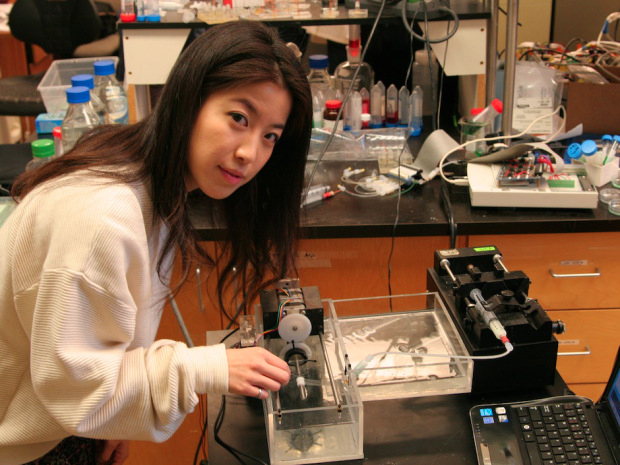
“It’s one thing to invent a machine that prints skin, but it’s a whole other challenge to bring what seems like the domain of mad science to mass production,” Matthew Braga wrote in “Looking for ways to get ‘skin’ in the game,” published in the Financial Post on July 15.
The article focuses on MaRS Innovation’s (MI) and the Innovations and Partnerships Office’s (University of Toronto) joint efforts to commercialize the bio printer, a “prototype 3D printer that, instead of extruding layers of plastic and other inorganic materials into physical shapes, builds layer upon layer of cell-laden tissue, a process that could lead to the cheap, rapid production of human skin.”
Braga’s article was syndicated in the Regina Leader Post, the Saskatoon Star-Phoenix, and the Vancouver Sun, among other Canadian publications.
Every six weeks, MaRS Innovation’s marketing and communications manager writes a guest post for the MaRS Discovery District blog profiling MI’s activities or one of our start-up companies. You can read the original post on the MaRS blog.
Created in 2008, MaRS Innovation (MI) bridges the chasm between the early-stage technologies emerging from its 16 member institutions and successful startup companies and licensable technologies.
By offering early-stage funding in tandem with hands-on management, business development, mentorship and intellectual property protection strategy, MI acts as a commercialization agent for its members and researchers.
 Earlier this year, the Networks of Centres of Excellence of Canada awarded MI $14.95 million to continue its mandate as a Centre of Excellence for Commercialization and Research (CECR), matched by $25 million from membership fees and private sector investments.
Earlier this year, the Networks of Centres of Excellence of Canada awarded MI $14.95 million to continue its mandate as a Centre of Excellence for Commercialization and Research (CECR), matched by $25 million from membership fees and private sector investments.
So what does that success mean for MI’s ability to serve the needs of academic entrepreneurs based in Toronto?
Shotlst is one of six inaugural UTEST companies; next UTEST application round to begin shortly
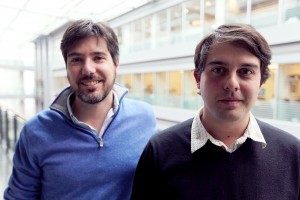
What if you could turn on Microsoft Word’s “track changes” tool and apply it at will to the world around you?
Sound like science fiction?
Meet Matt Ratto, a professor in the University of T’s Faculty of Information, and Mike Borg, a recent graduate of the faculty. They’ve formed Shotlst, a new software company being incubated by the University of Toronto Early Stage Technology (UTEST) program.
The central metaphor of Shotlst is the “shot list,” a list of scenes a film director plans to get each day on a movie set. It serves to organize the cast and crew’s time and activity for the day.
 With Shotlst, a user decides at the outset on “shots” that will be consistent throughout the life of a project.
With Shotlst, a user decides at the outset on “shots” that will be consistent throughout the life of a project.
For example, an architect might take pictures of a cardboard model of a building, 3-D renderings and, later, the actual construction site. These shots would serve as raw material that colleagues could use to annotate and collaborate using the software.
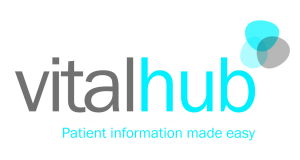 VitalHub Chart has been named to Apple’s list of top 80 apps for doctors, nurses, patients and healthcare professionals in the “EMR and patient monitoring” category.
VitalHub Chart has been named to Apple’s list of top 80 apps for doctors, nurses, patients and healthcare professionals in the “EMR and patient monitoring” category.
Here’s a description of the app, which is made by Toronto-based VitalHub Corp., from the Apple list curators:
“VitalHub Chart puts patient data at your fingertips. You can access the information you need any time, anywhere there is WiFi or cellular service. No more waiting for a free desktop, hunting for a workstation on wheels, or carrying printouts on rounds.”
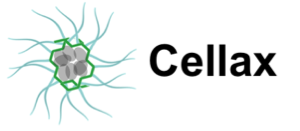 TORONTO, ON (November 13, 2012) — The Ontario Institute for Cancer Research (OICR) and MaRS Innovation (MI) today announced $1.5 million in funding from OICR over three years to further develop Cellax™, a nanoparticle drug that could offer an alternative to chemotherapy with fewer side effects.
TORONTO, ON (November 13, 2012) — The Ontario Institute for Cancer Research (OICR) and MaRS Innovation (MI) today announced $1.5 million in funding from OICR over three years to further develop Cellax™, a nanoparticle drug that could offer an alternative to chemotherapy with fewer side effects.
“Cellax is promising because it provides a more targeted strategy for treating tumours, killing tumour cells while minimizing the effect on healthy tissue,” said Dr. Rima Al-awar, director, OICR’s Medicinal Chemistry Platform. “OICR is proud to invest in a technology that has such potential to one day improve quality of life for cancer patients.”
Cellax, invented by Dr. Shyh-Dar Li and his research team in OICR’s Medicinal Chemistry Platform group, is a drug-polymer conjugate based on Dr. Li’s proprietary NanoCMC™ technology. These polymers self-assemble into defined nanoparticles and, when injected, selectively accumulate in tumours. Because of this property, the drug is released where it is most needed, increasing therapeutic benefits and reducing the side effects associated with conventional chemotherapy.